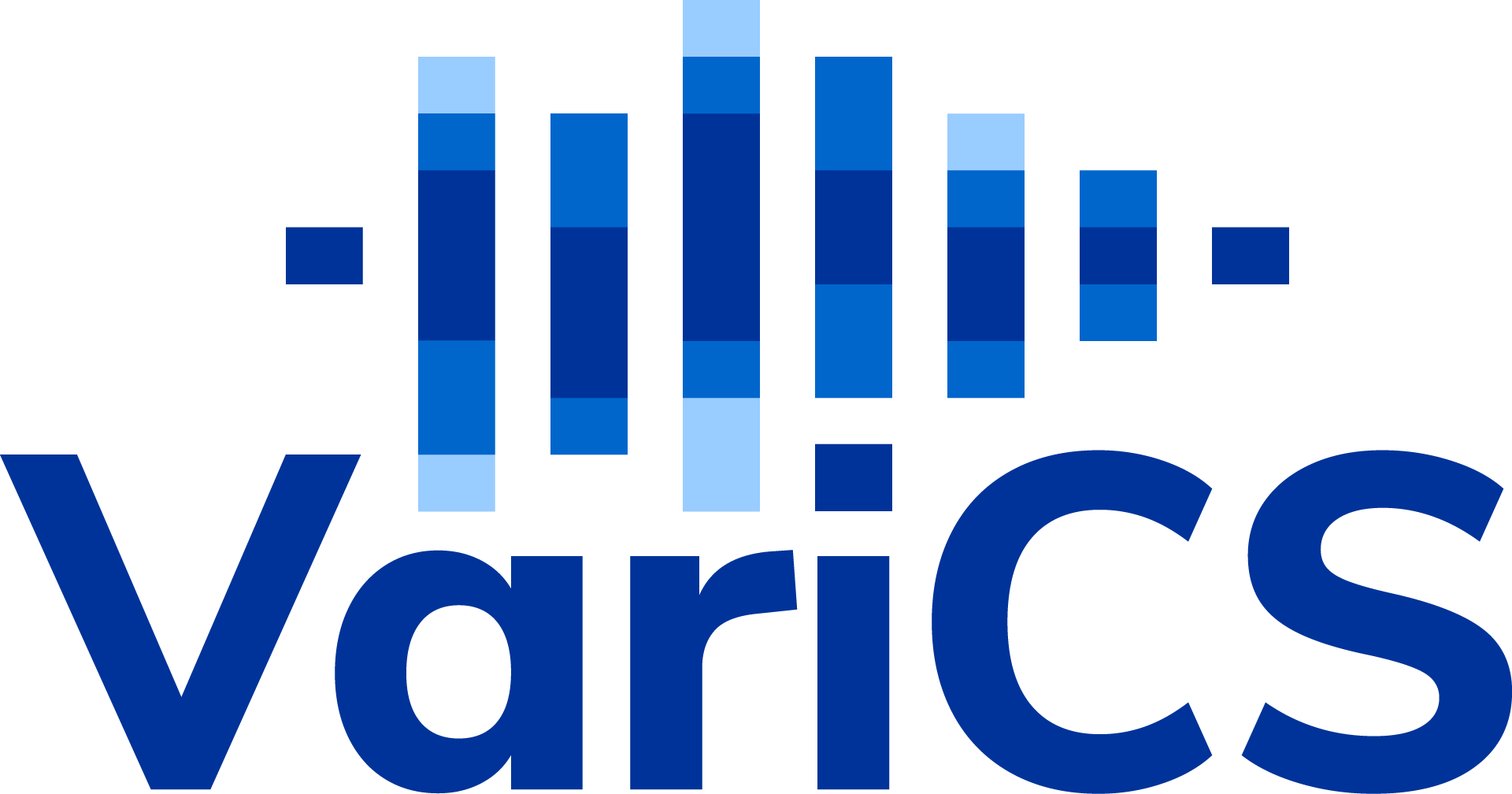Conducting the maximum sound prolongation task:
Ask the child to take a deep breath and make the /a/ sound, at a comfortable volume, for as long as possible, until they run out of air (Boone et al., 2010). For instance, you could say, ‘Take a deep breath and say aaaaa for as long as you can in one breath.’ It is encouraged that you model the task to the child before the child attempts the task. Ask the child to attempt this task two times and report the maximum recorded time. Literature suggests three attempts can be recorded to capture maximum phonation (e.g. Boone et al., 2010), however, our study implemented two attempts.
Conducting the maximum repetition rate task:
Ask the child to take a deep breath and, in one breath, produce the respective syllable or syllable combination repeatedly as quickly and as long as they can (Diepeveen et al., 2019). For example, you could say, ‘Take a big breath and then say papapapapapa as fast as you can. Keep going until you need to take another breath’. Before conducting the assessment, model the task for the child. In our study we asked the children to attempt this task twice. Use the faster and most accurate sequence of the two to compute the rate (Thoonen et al., 1996).
Often the task is conducted starting with the monosyllabic sequences and increases in complexity to bisyllabic and trisyllabic sequences (Thoonen et al., 1996).


